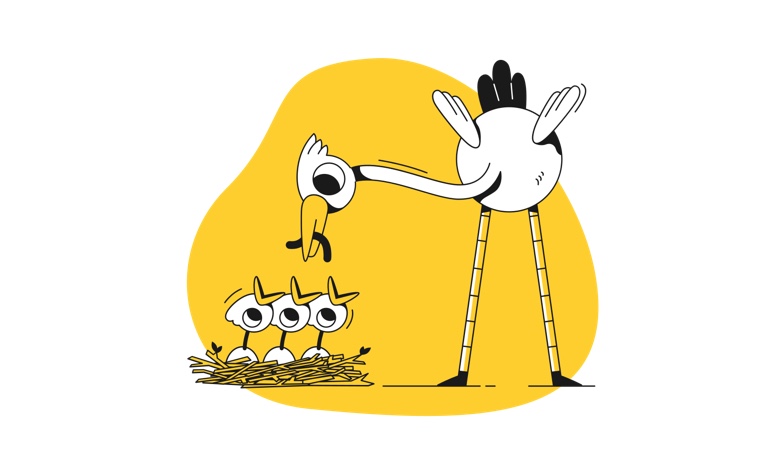Design is more than just aesthetics; it’s about functionality. Whether you’re designing a website, a product, or a user interface, the ultimate goal is to create something that serves its purpose effectively. A visually stunning design is meaningless if it doesn’t offer a seamless and efficient user experience.
Functionality First
Good design starts with function. Before adding colors, animations, or decorative elements, designers must ensure the core structure is intuitive and user-friendly. Every button, form, and interaction should be purposeful, guiding users toward their goals effortlessly.
User-Centered Approach
Understanding user needs is essential for functional design. Conducting research, analyzing behaviors, and testing usability help create designs that solve real problems. A user-centered approach ensures accessibility, ease of use, and engagement, making functionality a priority over mere aesthetics.
Simplicity is Key
Overcomplicated designs can confuse and frustrate users. Keeping things simple, with clear navigation and minimal distractions, enhances usability. A well-designed interface eliminates unnecessary complexity, allowing users to interact effortlessly.
Balancing Aesthetics and Usability
While functionality is crucial, aesthetics still play a role. A visually appealing design enhances user experience by making interactions enjoyable. However, beauty should never come at the cost of usability. The best designs find harmony between style and function, ensuring clarity and efficiency.
Conclusion
Design is all about being functional. A great design is not just attractive—it works. Prioritizing functionality, simplicity, and user experience leads to better outcomes. So, design it well, and create something that not only looks good but works flawlessly too.



